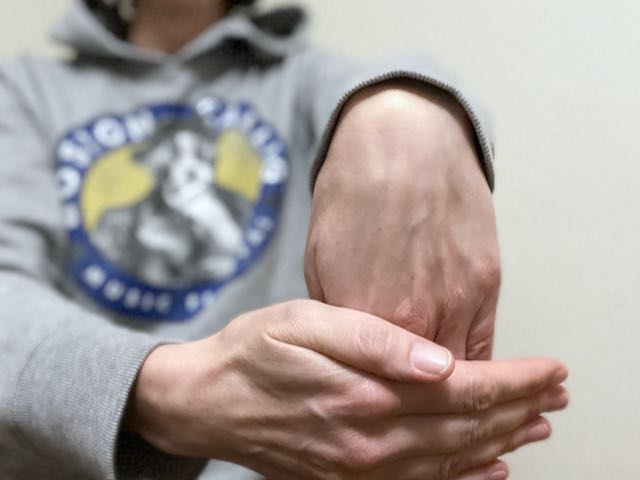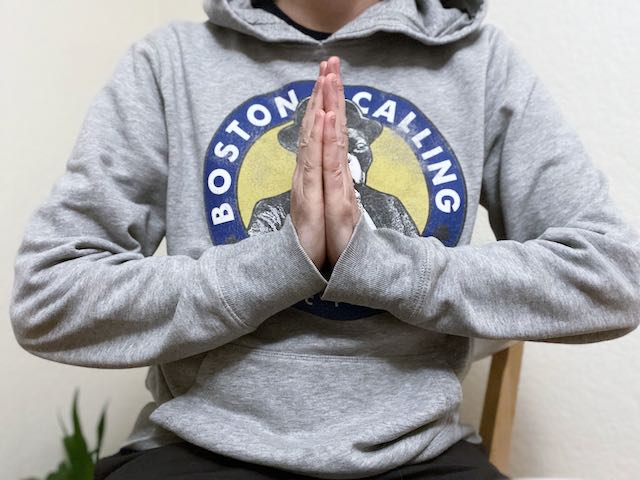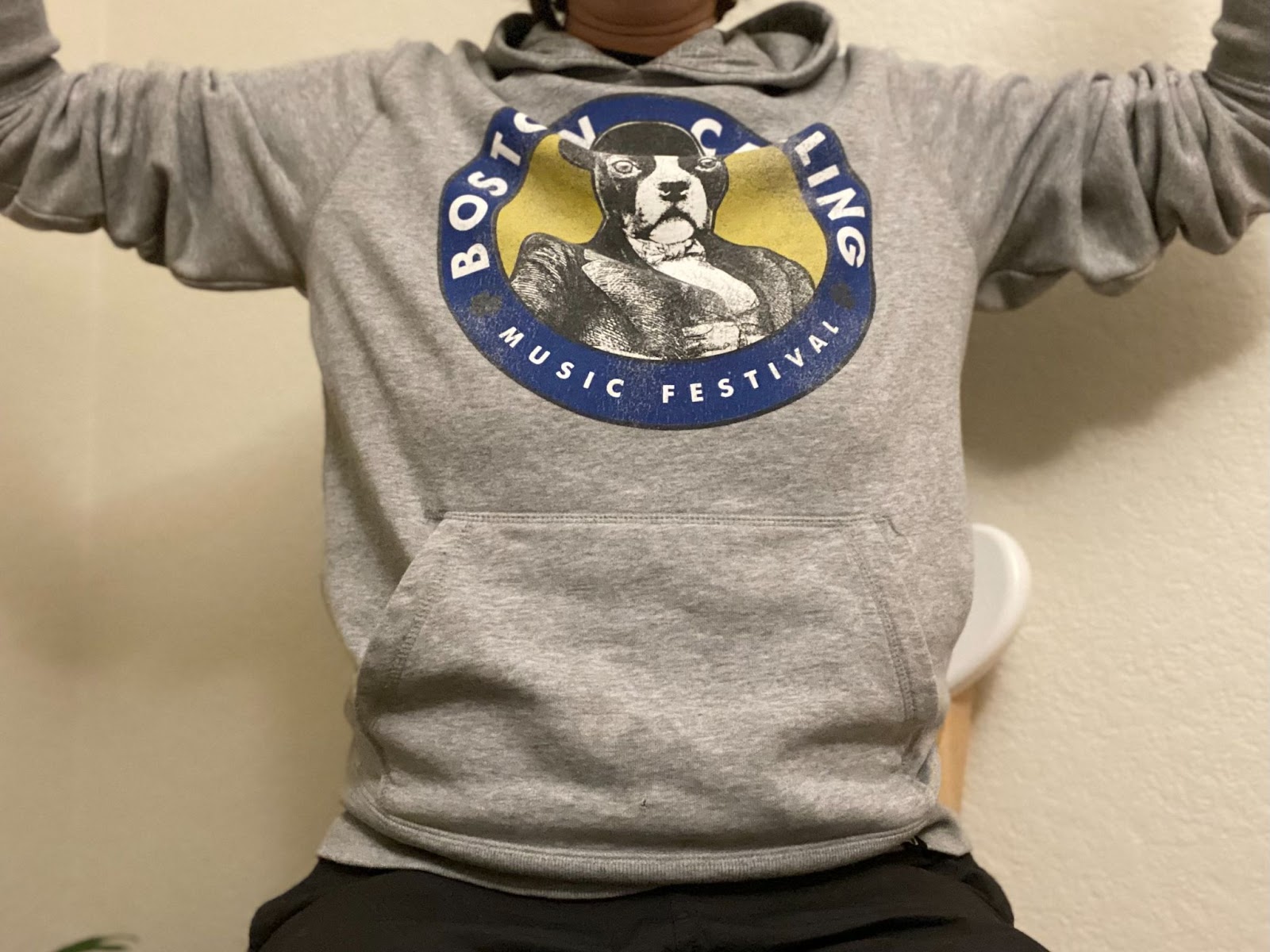The saddest thing for any guitar player is not being able to play because you’re in pain - or worse, you’ve injured yourself. We put together a guide on how to avoid injuries, warm-up before practice and stretch your hands and fingers.
There are a few things you can do each time before you play and while you’re playing guitar that will help you stay healthy:
- Warm-up
- Stretch
- Breathe
- Rest
First, we’ll cover a couple of warm-up exercises as well as finger and hand stretches. Then, we’ll talk about how to keep healthy when you need to or want to practice for a long time (and why longer is not necessarily better).
Warming up your fingers, hands and the rest of your body
The goal of warming up: Get your blood flowing so that your body is flexible, responsive and ready to learn new things.
Keep your movements slow and smooth
Full body
If you’re able to walk, walk around for a bit (maybe get yourself some water, tidy up your practice spot etc.) or if you’re super motivated, do some jumping jacks.
Arms and shoulders
Circle your arms and your shoulders, small circles first and then bigger ones. Move them in both directions.
Wrists
Interlock your fingers and move your hands in a figure eight to warm up your wrists. Do this clockwise and counterclockwise.
Fingers
Make a fist, hold it for a second, then open your hand and spread all your fingers as wide as you can. Repeat five times.


Finger and wrist stretches without a guitar
We recommend three simple stretches. Don’t use force with these, stretch gently. You shouldn’t feel pain.
Hold one hand out as if you’re telling someone to stop. Take your other hand and gently push your fingers back.

Then, bend your wrist in the other direction so your fingers are pointing to the ground. Take your other hand and gently push your fingers towards your body.

Press the palms of your hands together, fingers pointing towards the sky. Center your hands in front of your chest and slowly move them as a unit to the left and to the right.



Using your guitar for finger stretching exercises
One of the reasons we stretch our fingers is to be able to play comfortably and navigate the guitar neck without strain. So, why not practice right where your fingers are going to be at work anyways?
For this exercise, you’ll be using four frets in a row as your anchor points for your four fingers.

Easy version
This is a slow exercise, so move your fingers at turtle speed maximum.
- Start on the 7th fret with your index finger
- Put your index finger on the low E string, close to the fret that’s adjacent to the 8th fret
- Play the note, make sure it rings out nice and clean
- Your index finger stays put
- Try to keep it parallel to the fret, don’t angle it
- Add your middle finger on the next fret, close to the metal fret
- Play the note, make sure it rings out nice and clean
- Continue like this until all four fingers are on the 7th, 8th, 9th and 10th fret
Shake out your fretting hand, repeat the exercise five times.
Intermediate Version
If you’re not feeling any stretch and you think you’ve outgrown the easy version, do the same exercise but start on a lower fret. The lower you start, the wider the frets get and the more your fingers will have to stretch.
Advanced Version
The idea here is the same but you’re working with a gap.
- Start off with your index finger on the 7th fret
- Skip one fret and put your middle finger on the 9th fret
- Add the other fingers on the 10th and 11th fret
Next, you’re going to move the gap so that this time you’ll skip a fret between your middle and ring finger. Then, you’ll move the gap between your ring finger and pinky.
Side note: Because you’re playing each note, you’ll not only work on stretching but you’ll also improve the coordination between your left and right hand.
Don’t forget to breathe when you play guitar
Stay loose, as best as you can. You’ll sound better when everything is flowing and you’ll be able to move quicker, when your body is relaxed.
Tension is your enemy while you’re playing guitar. Obviously, your muscles are active when you fret a note, pick a string or strum. But pay attention to whenever your body becomes rigid from tension. Especially when you’re practicing, tension will tell you that you need to practice more slowly or that you need to take a break. If you play through tension, there’s a chance it’ll turn into pain.
The easiest way to avoid too much tension is making sure you’re breathing. And yep, if you don’t breathe you’ll die, so this tip is about staying aware of how you’re breathing.
When you’re practicing, ask yourself:
Am I holding my breath or is my breath flowing freely?
Is my breath shallow or deep?
Being relaxed while playing an instrument is sometimes a matter of mindset and how you feel when you’re playing or performing. If you want to dive deeper into this topic, we recommend the book Effortless Mastery by Kenny Werner.
Guitar players need rest too
If you’re in this guitar journey for the long haul, not being able to play guitar is a nightmare. If you practice for hours at a time, take breaks.
During your break
- Get up and walk around if you practice sitting down
- Shake out your hands and shoulders
- Slowly move your head from side to side to make sure your neck doesn’t get stiff
All that being said, practicing long hours is not a great idea because our bodies don’t enjoy repetitive movements over extended periods of time.
Instead, plan your practice so you can be efficient. Think about what you want to work on and why. This will make it easier to cut the time you spend noodling around aimlessly or playing the same exercises endlessly day after day.
Once you’re done playing guitar, you might enjoy this stretch that will counteract some of the hunching over that we’re all bound to experience as guitar players.
To stretch the muscles on the front of your shoulders:
- Lift your arms up
- Let your palms face forward
- Slow squeeze your shoulder blades and lower your hands
- Bend at your elbows until you get to a 90 degree angle

If you want to further improve your guitar playing we recommend to exercise your fingers as well.
Disclaimer: We can’t give medical advice and we’re neither physical therapists nor doctors. If you’re in pain, take a break from playing guitar. If the pain persists and you have access to health care, consider seeking help from a professional.

Featured Pickup Music Instructor
Collin Hill
Learn to fingerpick like a pro. Collin Hill is a master acoustic guitarist who's an expert at breaking down the mechanics of fingerstyle.
Explore Lessons



%20(1).jpg)
![Jazz Guitar Lessons: Free Lessons By Experts [Inc Exercises]](https://assets-global.website-files.com/61796230edfd36b26f605bf8/662a8c8ff81eae2bbdab346d_Jazz-Guitar-Lessons%20(1).jpg)
%20(1)%20(1)%20(1).jpg)
.jpg)
.jpg)